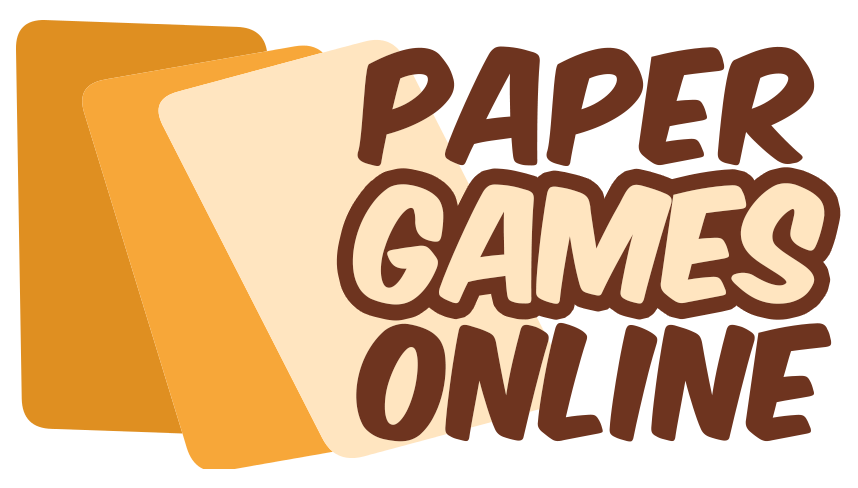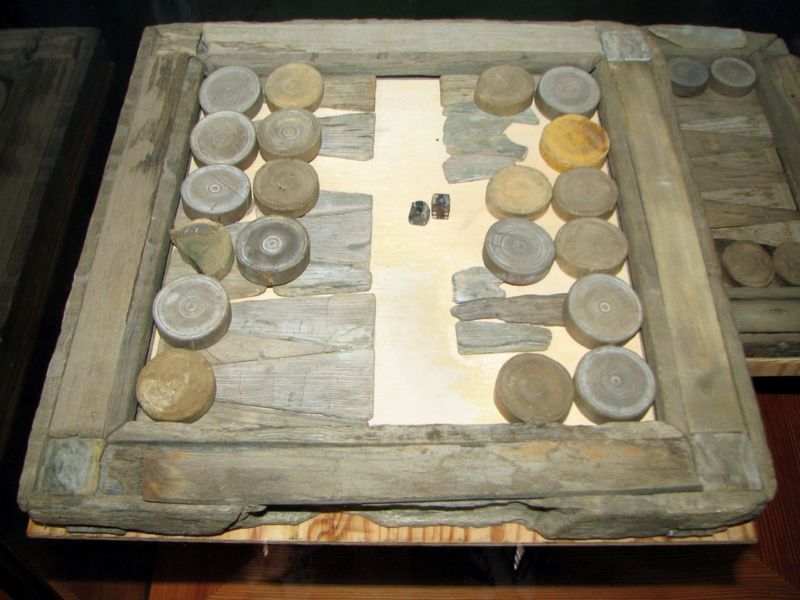Ever since I was a tiny child, a part of my connection with my father consisted of the following: He would pull out what seemed like a modest wooden briefcase and say, “Want to play with a few backgammons?”
Then I would go play Ecco the Dolphin in my Sega Genesis.
However, as you become older and sometimes need something to do since the power’s completed, you end up attempting things that you found aggressively boring, such as Soviet-era versions of Trivial Pursuit.
Or you may eventually test an even older sport. For me personally last winter, that match was backgammon. I will not let you know just how you can play with it, because I forget, but it is essentially a dice game for 2 players, where each is hoping to get all their pieces off the board .
That is, Uh… That is Pretty Old: Backgammon History
You are telling me! To get just a small bit of context mention, that is nearly 2,000 decades before the Trojan War.
Its oldest ancestor might have come in ancient Mesopotamia–Sumer, to be particular. If you do not recall precisely where Sumer was, then I will throw you a bone Southern Iraq, into the 21st-century individual.
Talking of, throwing bones is most probably the beginning point for backgammon–and most of dice games, actually. Dice games developed all around the world. Initially, tribal priests could roll dice made from animal bones so as to forecast the future. Haruspices in Ancient Rome afterwards did something like bird entrails, but that has been a hassle since you would need to clean your hands afterwards.
Now, I am not so convinced throwing bird and bones bowels have ever accurately forecast the near future, but it gave people something to do to pass the time. For the ancients, reality divination was not for pleasure, but and treating it like a match proved to be a dumb thing to do.
However, you understand what was not dumb? Betting. So, folks would take dice and bet on the results for cash, instead of f*cking with space-time and pulling back the veil of predetermination.
Game Boards, The Origin of Backgammon and its Earliest Sumerian Ancestor
Look, dice are superb, and most of us love a fantastic round of “suspect a number, then see whether you roll that amount.” But the ancients got tired, and boredom is the mother of creation, at least in regard to producing board games.
“Dice, but more enjoyable” was a frequent desire across cultures. Everyone began doing this, and yet one or more of those early dicey-board games might have been backgammon’s earliest ancestor.
Wooley discovered five artifacts which looked something similar to the backgammon boards, but likely more costly: timber planks, decorated with mosaics of shell, bone, lapis lazuli (a very blue stone ), black walnut, and black glue.
Not long afterwards, in a different portion of early Mesopotamia, archaeologists discovered a different board, very similar to those detected by Woolley. This one had heaps of bits beneath the plank: dice in addition to player bits in two colors.
What Ancient Egypt must do with the background of Backgammon
Skipping forward a few thousand decades, it appears like Egyptian Pharaohs had yet another sport which might have been a precursor to modern backgammon. Sets were found in King Tut’s tomb, 1 set was discovered with Queen Hatshepsut’s name on it, and lots of tomb paintings reveal both wealthy and poor individuals shooting dice above their boards.
Pachisi
Pachisi–branded America as “Parcheesi”–is among those two most famous board games to come from medieval India. Another is chess; however, chess will get loads of attention, and we are speaking about backgammon here.
The sport is similar enough to backgammon to maintain the running as a potential ancestor. Both matches have the exact same objective: capture your small “guys” (that is the technical term for “bits”) off the plank. Both require that you move all your guys into your house sector before you’re able to get them off the plank. Ultimately, both pachisi and backgammon have solitary bits as very feeble, and numerous bits as powerful.
Founded in Asia, nations like China, Japan, Korea, and Thailand had their own games that are similar.
Backgammon Origins at the West
Meanwhile, the proto-backgammon games entered western culture through Ancient Greece, which was only across the Aegean Sea from backgammon’s ancestral house in the cradle of culture.
Needless to say, the Greeks created their own version of the game. Sophocles maintained that their variant was invented by Palamedes since he was tired of tears throughout the siege of Troy.
Afterwards, the Romans enjoyed the dicing and dressing table so much that they chose it was the game of emperors. Or, if you prefer longer things with more letters, then in addition they called it ludus duodecim scriptorum–“that the twelve-line match”–so named for its twelve points on every side of the plank.
Emperor Claudius allegedly needed a setup installed in his own chariot so that he can play with it on the street. Marc Antony was reported to have played with it with Cleopatra. Along with the notorious Caligula? He is on record for a cheater, although all additional things (sadism, cruelty, perversion, etc.) he’d get first mention.
Archaeologists found backgammon tables at the courtyards of pretty much every single villa in Pompeii. Those people might have been much better of rolling animal bones to find the long run, however, hindsight’s 20/20.
Western Europe and Backgammon
Let us jump ahead another thousand decades. During this time period, Arabs had embraced the proto backgammon out of their Persian neighbors. Thus, when European crusaders arrived at the Middle East for holy war at the 12th century, they had been subjected to the match, also.
Earlier versions were cited in Old English documents in the 8th and 9th centuries, but backgammon did not take off in Europe before the Crusaders captured the fever. It had been so hot with soldiers from the Christian military that enjoying it for cash became subject to rigorous principles –gambling was just permitted for the knightly class and over, and even they’d limitations.
The sport became particularly well known in England, in which it had been known as “tables” from the 1200s. King John liked to play with tables with a number of his dad, and they placed some small bets. Contrary to Caligula, King John appears to have played fair, noting his payouts in his publication of daily expenditures when he dropped.
Backgammon: Waxing Popularity
At a class-based society, two items roll downhill: sh*t and tendencies. If the nobles like something, commoners will follow suit if they could afford that, so backgammon disperse across societal stratification.
Backgammon–or, instead, “tables”– started to spread like wildfire in Europe, or so the church attempted to throw a wet blanket on it mainly because the church does not like gaming. One of the high-horse audiences of the afternoon, tables had been considered “unethical”–unlike boxing, that was not subject to ecclesiastical canons. No matter the game has been omnipresent. Chaucer mentioned it ” The Canterbury Tales: “They deuce, plus they played in chess and tables,” he writes. Man, that takes me back to fighting through Middle English classes in school. Worth every cent.
Regardless of the church’s attempts, by the end of the 15th century cities throughout Western Europe were creating exemptions for tables, provided that individuals did not wager their farms around the match. Nevertheless, students and apprentices were not permitted to partake.
The concluding snag preventing complete cultural endorsement of tables seems to be its classification for a game of chance, instead of one of ability, as it utilizes dice, which makes it believable, I suppose? Having played a few rounds, I understand that is not very correct.
No matter the church stated concerning it, the Elizabethans were lovers, and it turned into one of the most popular “sports” As for me, I really don’t consider something for a game if you don’t sweat when you play with it. But I believe the number of layers of clothes Elizabethans wore all of the time, and you know what? Maybe backgammon was a game back then.
Who participates Backgammon?
I hope you have not paid too much focus on that, up to now, not one of those individuals actually called the sport “backgammon.”
It was not until 1645 the expression was eventually coined. H. J. R. Murray describes this match because “backgammon” within his job, A History of Board Games Other Than Chess–obviously the most literary function of a guy who had been f*cking sick of hearing hockey all the time.
In addition, he noted some small differences in principles and correlation involving tables and backgammon, so that they were slightly different matches.
Regardless of Murray’s trendsetting attempts, the match was called “tables” by many people in England from the 17th century. It finally caught on, however, as we start seeing the game known as “backgammon” in 18th-century literature.
There are a few potential resources for the phrase.
Another source that might be more plausible stems in Middle English: baec gamen. This implies “back match,” which explains the way the purpose of backgammon is to create your bits move back residence, then get back off the plank. Perhaps not the most creative title, however, it was a simpler time for amusement branding.
Backgammon: A Game of Luck and Skill, and I’ve Got Neither
Why is a match popular enough to not just endure but evolve across millennia?
I believe that it’s the mix of skill and luck which creates a game endlessly repayable. If it’s possible to hit the ideal balance, you receive something which’s simple to learn, hard to grasp, but has sufficient variability that a terrible player can occasionally beat a good one.
Obviously, that did not occur to me once I gave it a shot dropped and, so, didn’t have fun. Suffice to say side with the medieval civilization: backgammon is a wicked game which needs to be burned.

